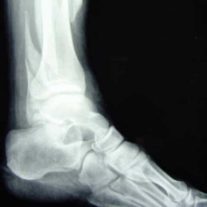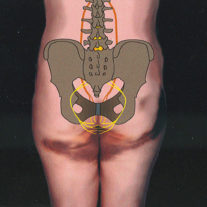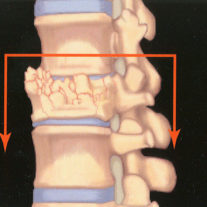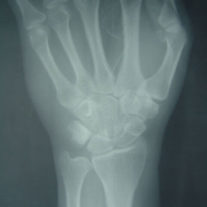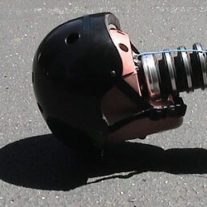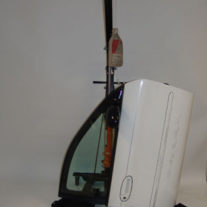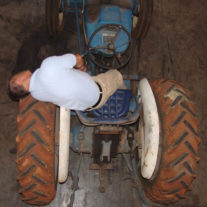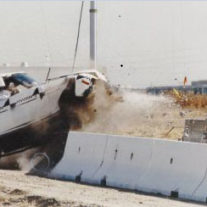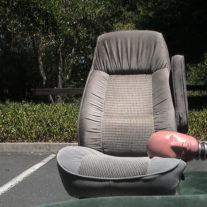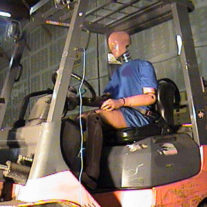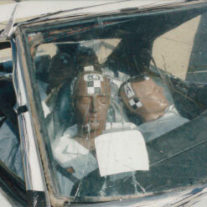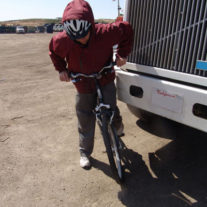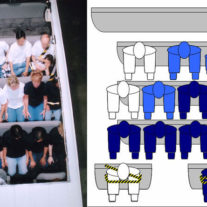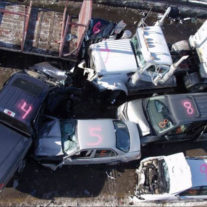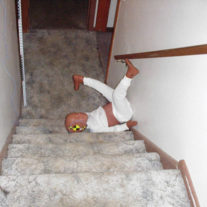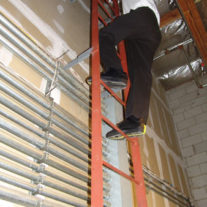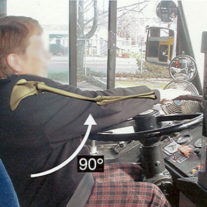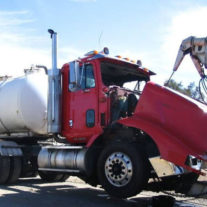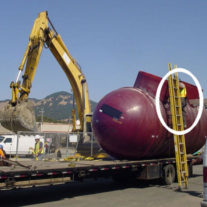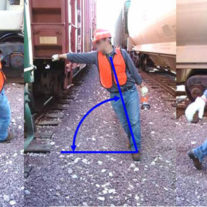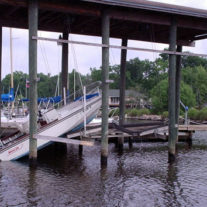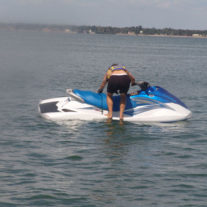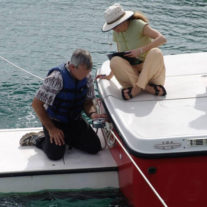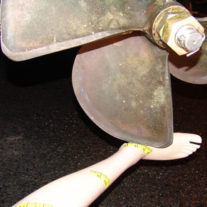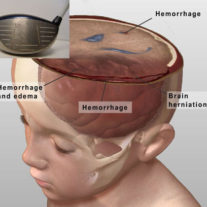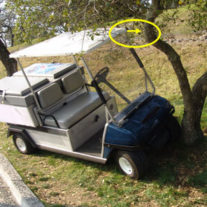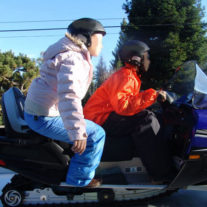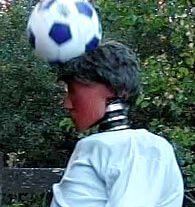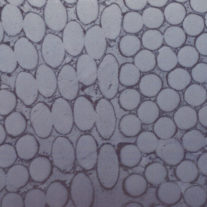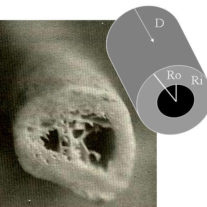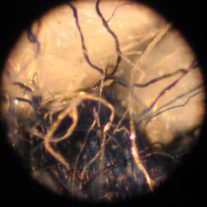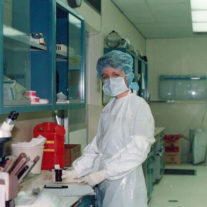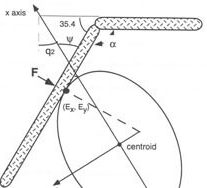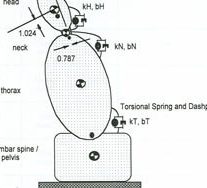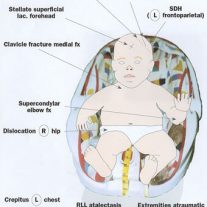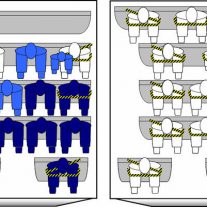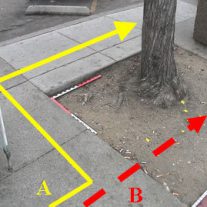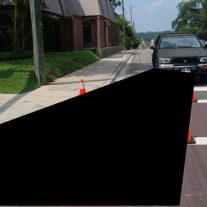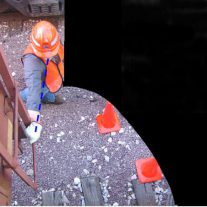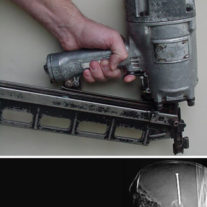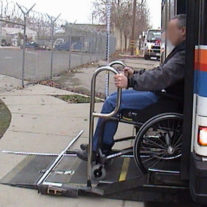Soft Tissue & Fracture Mechanics
Soft tissue mechanics is the mechanical behavior of biological tissues. Fracture mechanics is the study of mechanical properties to characterize a material’s resistance to fracture. Biomedical Forensics utilizes peer-reviewed research and experimental data of soft tissue & fracture mechanics to determine causation of injury.
Product Evaluation & Development
The human body’s interaction with products as well as misuse of products can potentially pose a threat to human safety. Investigation and analysis conducted to determine mechanism of failure and causation of injury involving products reveals root cause analysis.
Testing
Biomedical Forensics uses of cutting edge technology and generally accepted testing methods in determining forces and human kinematics. Extensive care is taken to ensure testing conditions and environments are substantially similar to each subject incident.
Motor Vehicle, Occupant Restraint / Airbag & Pedestrian
Human interaction with motor vehicles in a collision, either as an internal occupant or externally as a pedestrian or cyclist, requires extensive analysis in determining causation of injury. This is completed by investigating the velocity, forces and motion experienced in this environment while accounting for equipment designed to mitigate injury.
Slip, Trip & Fall
Determination of slip and trip causation, by in depth understanding and analysis of the interface between the walking surface, shoe/sole composition and individual gait. Calculation of the forces experienced in these dynamic events and the likely hood of resultant injuries are at the forefront of our analysis.
Industrial
Detailed analysis of industrial incidents and accidents is achieved by leveraging previous experience in a vast number of industrial settings including construction, transportation, services, and electrical. Incorporation of workplace standards and required safety equipment in this analysis provides a thorough understanding of incident and injury causation.
Marine & Aquatics
Recreational use of swimming pools and marine equipment can often result in injury. Evaluation of biomechanics in these incidents while incorporating fluid dynamics provides an understanding of the mechanism of injury in diving incidents, swimming and ship/boating accidents.
Sports, Recreation & Pediatric
Interbody kinematics and elevated forces often experienced in sporting and recreational activities can result in high rates of injury. Research and analysis of incidents and their causational factors can provide a greater understanding of injury mechanism in the adult and pediatric population.
Microscopic Analysis
Conducting scientific evaluation at a microscopic level to determine the presence of materials or substances found on clothing, safety equipment, vehicles, or at an incident scene. Microscopic analysis can produce important forensic findings.
Animation, Illustration & Mathematical Modeling
Human Factors & Visibility
Human interaction and reaction to the environment can have a profound effect on the outcome of many situations. Human factors takes into account the perception, reaction, decision making and influence of external factors in specific incidents.


